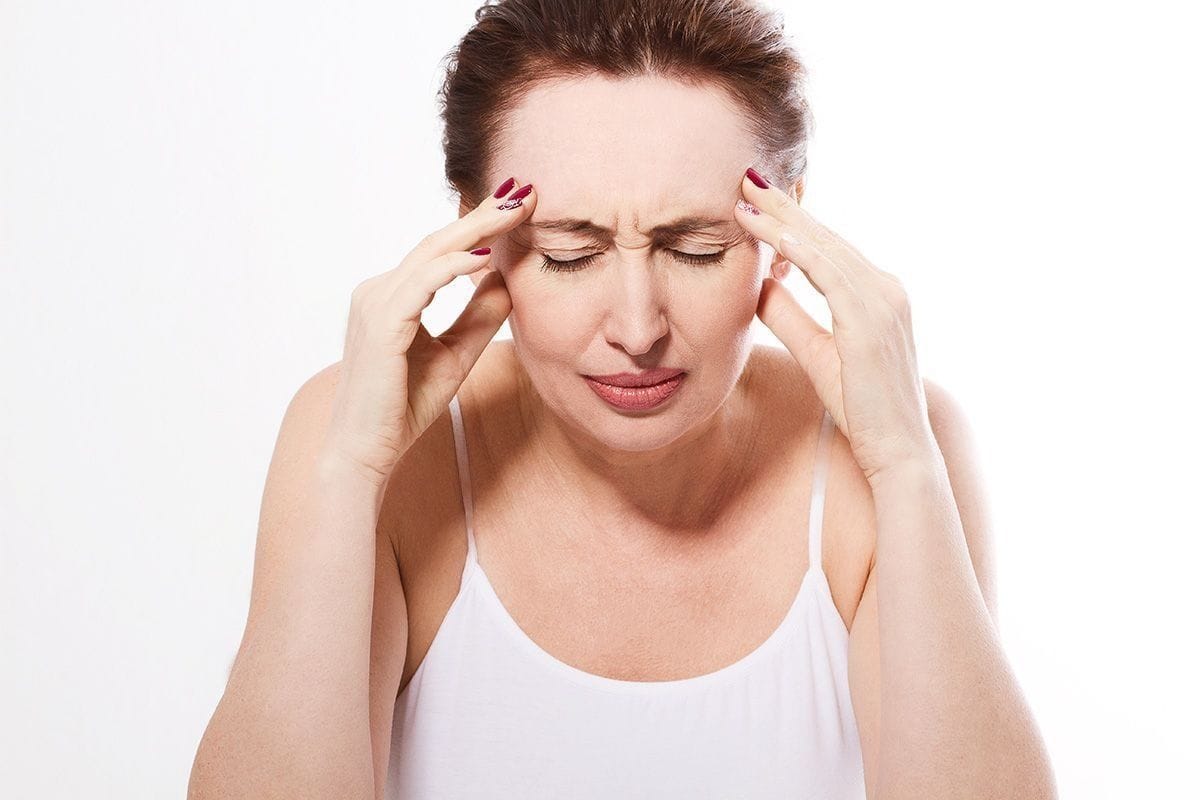Disease
All About Testosterone in Women
9534 Views
0

Testosterone is mainly a male sex hormone that becomes highly active in males as they reach puberty and starts to dip after age 30. It plays a vital role in the development of the male reproductive organs, production of sperm, and the growth and maintenance of muscle mass, sperm count, and energy levels. It also regulates the sex drive in men. However, the ovaries of women and also the adrenal glands produce this hormone too, although in much lower amounts. The main female sex hormone is estrogen, responsible for the development of the female reproductive system, but it mixes with testosterone to support the overall well-being of a woman.
Low Testosterone Level in Women
The testosterone levels in a woman’s body keep changing throughout life. A small amount of this hormone can make a lot of difference in the quality of their life. Testosterone in the blood of a healthy adult woman ranges from 15 to 70 nanograms per deciliter (ng/dl). The levels of this hormone start to dip between the ages of 20 to 40. Unlike estrogen, which happens to dip abruptly during menopause, no sudden changes in the levels of testosterone can be noted during this phase. However, in some women, testosterone levels can fall below the normal limit post menopause, resulting in a decreased sex drive and other problems.
Lower than normal levels of testosterone in the body of a woman can cause one or several of the following symptoms:
- Weak and brittle bones or osteoporosis
- Weaker muscles
- Fatigue
- Obesity
- Depression
- Disturbed sleep
- Reduced libido
- Fertility problems
- Irregularity in menstrual cycles
- Vaginal dryness
There can be more symptoms related to low testosterone levels in women, and the research in this area is still in progress. This condition often remains undiagnosed in women and is mistaken for side effects of menopause. The levels of testosterone in the blood can be determined by means of a blood test.
Causes of Low Testosterone Levels in Women
The levels of testosterone don't remain the same in women even throughout the day. It naturally decreases as you age, and by the time you reach the stage of menopause, you are likely to have much less testosterone in your bloodstream as your ovaries are no longer producing hormones like before. There are a few major causes of low testosterone in women, such as:
- As a result of ageing and menopause, both of which are natural
- If there are problems in the ovaries, pituitary glands or the adrenal glands
- Due to the medication taken to combat the side effects of menopause
- Oral oestrogen therapy
Treatment for Low Testosterone in Women
The best approach to treating low levels of testosterone in women is yet to be fully understood by scientists. Hormone replacement therapy is suggested for men in case of severe imbalance. However, there is limited data on whether it is equally effective and safe for women or not. It might have many side effects, even severe ones. However, you can make some simple improvements to your lifestyle in order to achieve this goal. These changes include:
- Incorporating proper exercise and a healthy diet into your routine
- Including calcium-rich foods in your diet for bone health
- Getting enough sleep during the night
- Getting therapies for reducing stress
- Going for therapies to improve libido
High Levels of Testosterone in Women
Women with high testosterone levels may notice changes in their physical appearance as well as other health problems. There are many contributing factors to this condition. Higher levels of testosterone are usually found in women with:
- Polycystic Ovarian Syndrome: It is a condition found in women of childbearing age. It is characterised by numerous fluid-filled follicles on the ovary, which hampers its ability to release eggs regularly. To diagnose this condition various test profiles are available, for e.g., PCOS profile 1,2 & 3 which can be selected basis symptoms being experienced by the patient
- Hypothyroidism: There happens to be a connection between hypothyroidism and high testosterone levels. Hypothyroidism can cause the production of sex hormone-binding globulin or SHBG to decrease, resulting in an upswing in free or bioavailable testosterone levels.
- Congenital Adrenal Hyperplasia: It refers to a group of rare genetic disorders and involves the adrenal glands. It can result in the excessive production of testosterone hormone.
- Unhealthy lifestyle: Unhealthy lifestyle can cause major hormonal imbalances in the body, leading to a rise in testosterone levels.
Symptoms Indicating High Testosterone in Women
Some common symptoms of high testosterone in women are:
- Severe acne, which is also known as hormonal acne
- Excessive facial hair
- Balding or receding hairline
- Increase in the muscle mass
- Irregular periods
- Low sex drive
- Frequent mood swings
- Infertility
- Obesity
- Reduction in the breast size
Treatments for High Testosterone
As high levels of testosterone can have visible ramifications on your health and outlook, there are also treatments that one can opt for. It includes lifestyle changes and also medications. Some medications that are often used to control high testosterone are:
- Oral contraceptives
- Metformin
- Glucocorticosteroids
- Spironolactone
Conclusion
Balanced testosterone levels in women allow the body to function with better ease and support their reproductive health. The levels of testosterone in your bloodstream can be found with a testosterone profile test. You can consult your doctor or gynaecologist after a profile test in case of an anomaly and the course of treatment you should follow in order to correct it. Last but not least, a healthy and disciplined lifestyle is the best way to keep your hormone levels under control and ensure overall well-being.













1701259759.webp)









 WhatsApp
WhatsApp